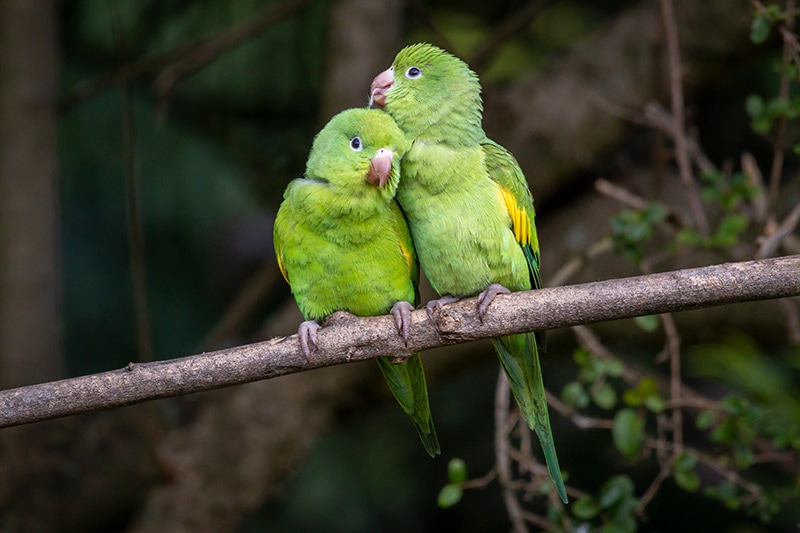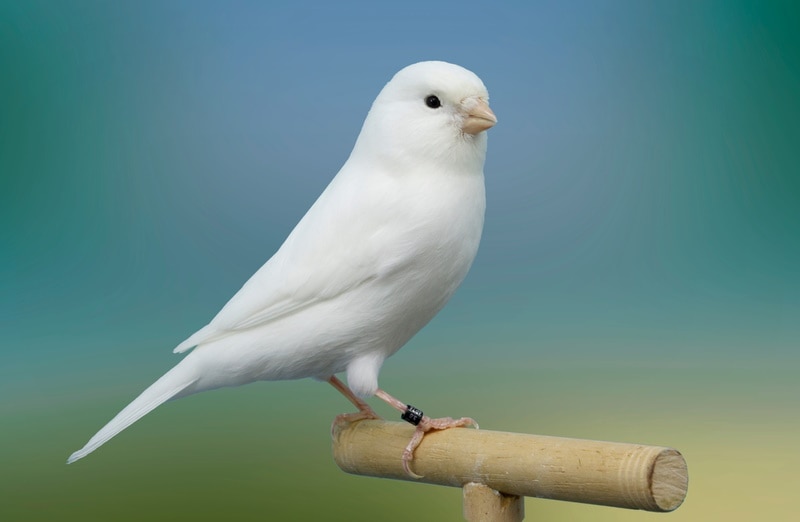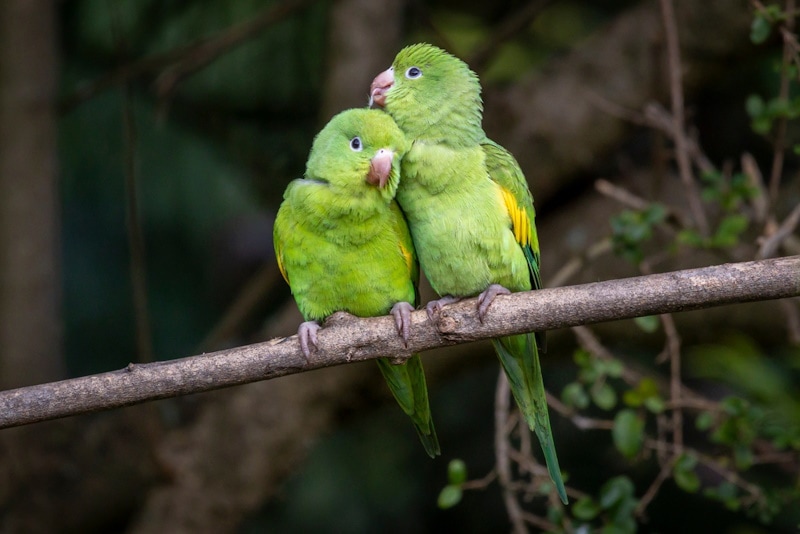How to Do CPR on a Bird: Step-By-Step Guide
Updated on
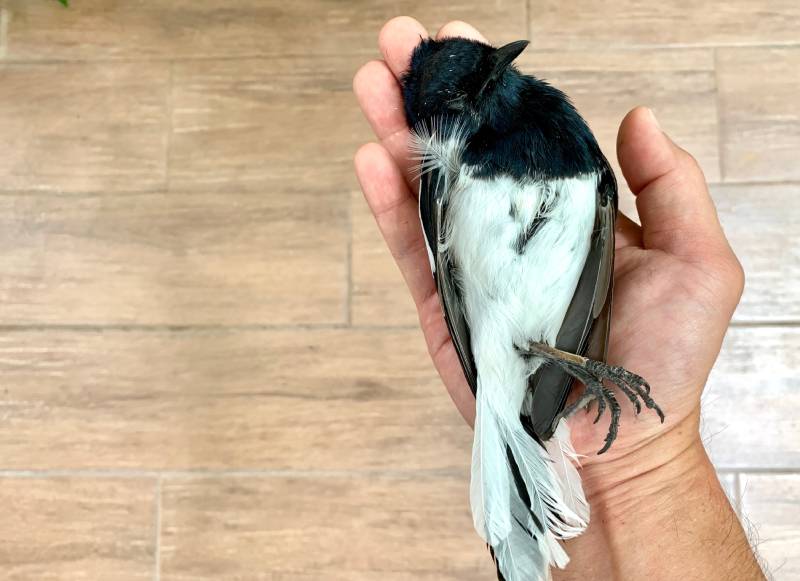
CPR (cardiopulmonary resuscitation) is a lifesaving procedure for humans. CPR for pets is a necessary skill for all pet owners to learn. While you can take cat and dog first aid courses from the American Red Cross (USA) and St. John’s Ambulance (Canada), finding bird-specific first aid courses is a bit more complicated. That is why all bird owners need to take matters into their own hands and learn the basics of emergency at-home bird care. Though, it should go without saying if your avian family member is in medical distress, you must seek veterinary care rather than try to treat them at home.
Keep reading to learn about CPR for birds and find our step-by-step guide to successfully performing the procedure.
What Is CPR?
CPR is an emergency procedure that uses artificial respirations and chest compressions to revive a pet when it is not breathing or doesn’t have a heartbeat.
Before beginning CPR on any animal, please remember that this procedure can be hazardous and cause physical complications if performed on a healthy pet. Therefore, it should only be performed in dire situations when necessary.
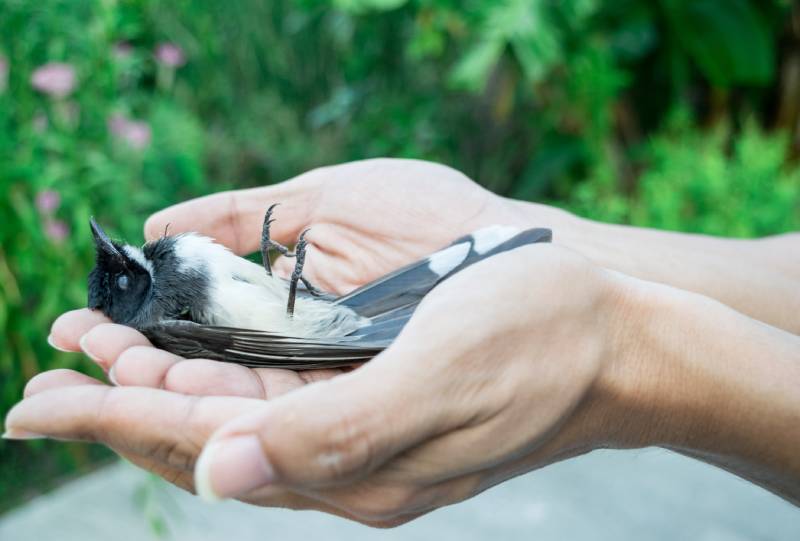
When Is CPR Necessary for Birds?
CPR is best used for birds that are suffering from acute trauma. A bird whose health has deteriorated because of a long-term illness will likely not benefit from CPR. Severe infections, poisoning, and hemorrhages can trigger avian cardiac arrest. Even something as simple as inhaling a seed can cause your bird to stop breathing.
Step-By-Step Guide for CPR on Birds: What to Do
1. Remain Calm
We know it is difficult to remain calm in an emergency, especially if your bird isn’t breathing or if you can’t hear its heartbeat. However, you must act fast and try your hardest to be clear-headed during this stressful time.

2. Stop, Look, Listen
Look at your bird’s chest to see if its breast and abdominal areas are moving. Next, check the mouth to see if it’s clear of any obstructions. If not, clear the cavity with a clean finger or Q-tip. Next, look for a heartbeat by putting your ear on either side of your bird’s keel bone. A stethoscope will make this task much easier.
3. If There’s No Breathing, But There Is a Heartbeat
If you cannot detect breathing but your bird’s heart is still beating, you can begin rescue breathing.
First, place your bird’s head in one of your hands and its body in the other. Then, tilt it away slightly. If your bird is a smaller species, begin respirations by putting your lips around its beak and nostrils. If your bird is larger, you may need to block the nostrils with your fingers while simultaneously sealing your lips around its beak.
Take a deep breath and blow five quick ones into your bird’s beak. Adjust the strength of your breath puffs according to your bird’s size. After every breath, check to see if the sternum area rises. If not, you’re not breathing hard enough, so not enough air is getting into your pet. Before you perform another succession of five breaths, recheck the airway for any obstructions.
If your bird’s chest starts rising with your puffs, pause to see if it will start breathing on its own. If not, continue rescue breathing while checking to see if the heart is still beating. If the heart has stopped beating, you’ll need to begin CPR.
4. If There’s No Breathing or Heartbeat
If, after step two, you determine your bird is not breathing and doesn’t have a heartbeat, you’ll need to begin administering CPR.
The procedure combines rescue breaths with chest compressions delivered to the bird’s keel bone. Since birds are much smaller than humans, you need to use just your fingertips for these compressions. The number of fingertips will depend upon the size of your pet – one for small birds and up to three for larger species. The amount of pressure applied will again depend on your bird’s species.
Keep your compressions brisk and rhythmic. The goal is to see the sternum area push downward, so look where your bird’s keel bone and abdomen meet to see if you’re doing your compressions efficiently.
Give five puffs of breaths and then follow them with ten chest compressions. Check your pet to see if its heart is beating or if it is breathing. Continue with two breaths and then ten compressions. Continue this two and ten pattern for one minute. Ideally, you’ll have someone nearby time this for you. At the one-minute mark, recheck for heartbeat or respiration. Continue with CPR until your bird recovers or can be transferred to an emergency veterinary clinic.
5. If Your Bird Starts Breathing
If CPR is successful, your pet will start breathing on its own. Once this happens, you’ll need to place it in a warm and quiet environment. As soon as it is safe and cozy in this area, call or go straight to your avian vet for advice on what the next steps are.
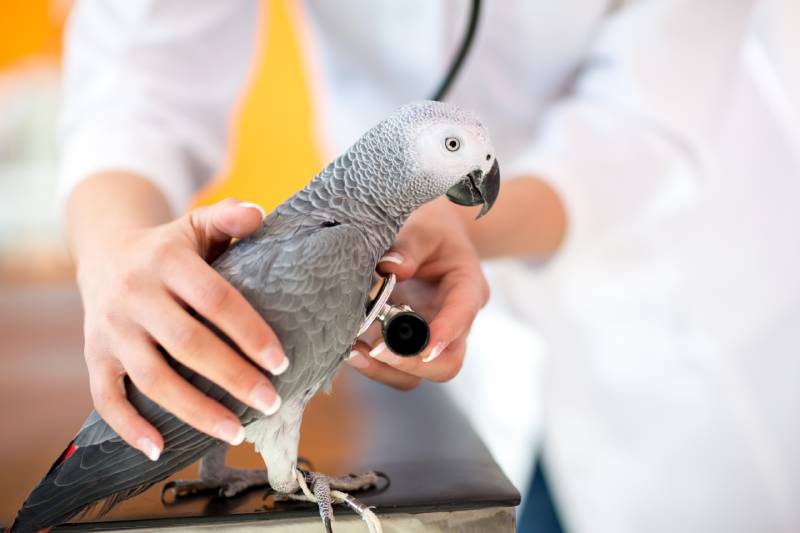
Final Thoughts
Hopefully, you will never need to perform CPR on your pet, but if the situation ever arises, you’ll now know what to do. If you have the opportunity, we recommend taking a first aid course for pets so you can learn more about CPR and other lifesaving procedures you may need some time. You might even consider taking a first aid class for humans, where you can get some hands-on training for CPR so you’ll have the confidence to use your skills when needed.
See also:
- How to Protect Bird Nests from Cats (10 Tips & Tricks)
- What to Do If You Find a Baby Bird: 7 Vet Approved Tips
Featured Image Credit: SURKED, Shutterstock



